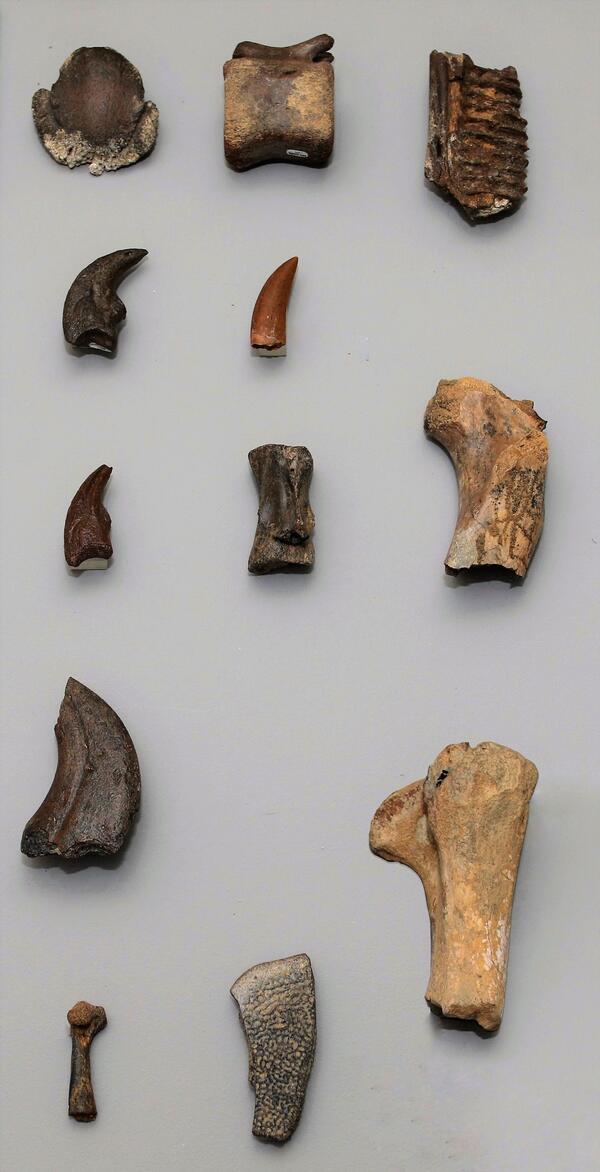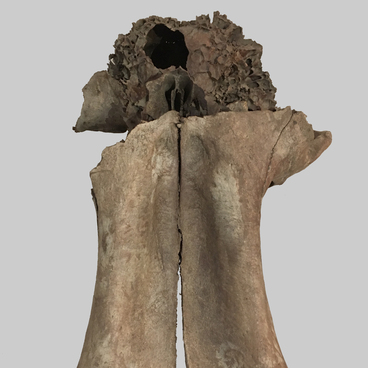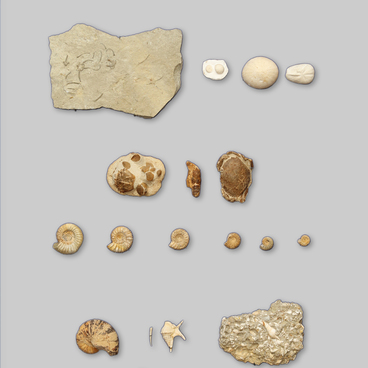One of the most interesting periods in the evolution of life on Earth is the Cretaceous period. It started 144 million years ago, and ended 65 million years ago. During that period, running, swimming, and flying reptiles reached the maximum extent of their size and diversity, and inhabited almost all corners of the planet. Many of them went extinct at the end of the Cretaceous period.
Among the groups of animals that have survived to the present day are turtles, crocodiles, and birds, which are considered to be the direct descendants of the dinosaurs. Studying the genetics and behavior of these modern species allows us to understand the possible features inherent in the life of ancient creatures. But the most valuable sources of information about the past are the fossil remains of Cretaceous fauna.
Among the rich finds in paleontological monuments from that era is the site at Dzharakuduk, in the Republic of Uzbekistan. It is a series of canyons in the center of the Kyzylkum Desert. The bones of animals found in those places date back to a time period between 80-100 million years ago. Back then, in the location where the desert is now, there was a river that flowed into a shallow sea. To date, the remains of more than 200 species of animals have been found here: sharks, rays, fish with sharp claws, turtles, crocodiles, frogs, salamanders, lizards, mammals, and birds. But dinosaur bones are the finds that present the most interest. Fragments of the skulls of ancient lizards from the location in Uzbekistan helped scientists make a 3D model of the dinosaur brain. Another discovery based on local findings was related to clearing up the origin of small of the origin of small Alvarezsauridae. These predatory dinosaurs with plumage on their tails have long been considered a South American family, and have been dubbed ‘Argentine dinosaurs’. Research on these finds helped prove that Alvarezsauridae originated in Asia.
The exposition at the Museum of Nature and Man showcases fragments of skeletons typical for the dinosaur and turtle species in Dzharakuduk. Among the exhibits are bones of herbivorous segnosaurs, hadrosaurs - or duck-billed dinosaurs - carnivorous ornithomimids, tyrannosaurids, and turtles, including soft-shelled ones. As illustrated by their example, it is possible to imagine the diversity of the Cretaceous fauna.
Among the groups of animals that have survived to the present day are turtles, crocodiles, and birds, which are considered to be the direct descendants of the dinosaurs. Studying the genetics and behavior of these modern species allows us to understand the possible features inherent in the life of ancient creatures. But the most valuable sources of information about the past are the fossil remains of Cretaceous fauna.
Among the rich finds in paleontological monuments from that era is the site at Dzharakuduk, in the Republic of Uzbekistan. It is a series of canyons in the center of the Kyzylkum Desert. The bones of animals found in those places date back to a time period between 80-100 million years ago. Back then, in the location where the desert is now, there was a river that flowed into a shallow sea. To date, the remains of more than 200 species of animals have been found here: sharks, rays, fish with sharp claws, turtles, crocodiles, frogs, salamanders, lizards, mammals, and birds. But dinosaur bones are the finds that present the most interest. Fragments of the skulls of ancient lizards from the location in Uzbekistan helped scientists make a 3D model of the dinosaur brain. Another discovery based on local findings was related to clearing up the origin of small of the origin of small Alvarezsauridae. These predatory dinosaurs with plumage on their tails have long been considered a South American family, and have been dubbed ‘Argentine dinosaurs’. Research on these finds helped prove that Alvarezsauridae originated in Asia.
The exposition at the Museum of Nature and Man showcases fragments of skeletons typical for the dinosaur and turtle species in Dzharakuduk. Among the exhibits are bones of herbivorous segnosaurs, hadrosaurs - or duck-billed dinosaurs - carnivorous ornithomimids, tyrannosaurids, and turtles, including soft-shelled ones. As illustrated by their example, it is possible to imagine the diversity of the Cretaceous fauna.



